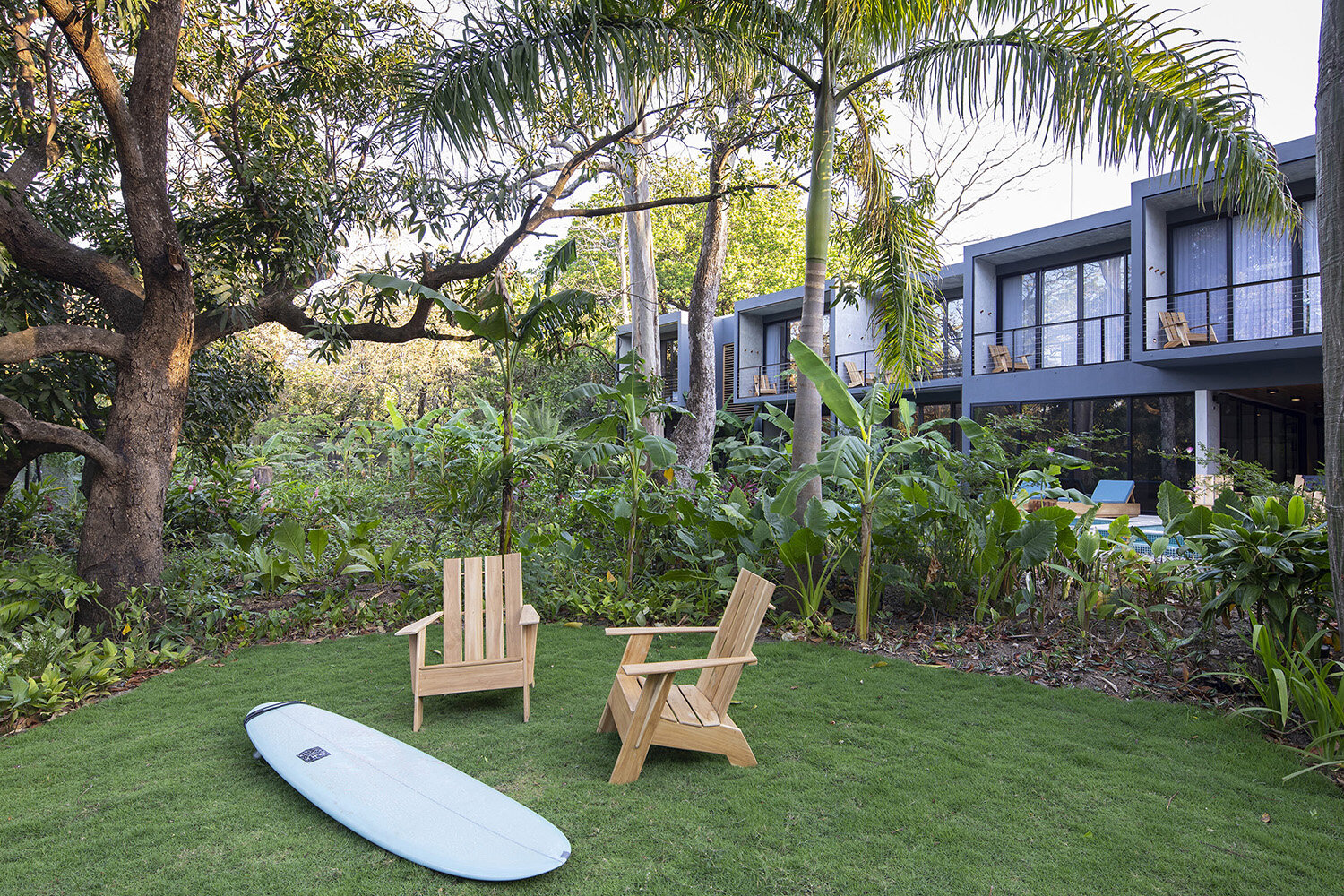LEED certifications is an international certification system for sustainable building. Projects can be certified during the design, construction, and/or operation phases.
Why LEED Certifications are important?
Projects that are certified LEED guarantee that structures are healthy and environmentally respectful and also prioritize the wellbeing of its occupants. Having this certification means designing buildings for a more sustainable and higher quality future.
LEED Standards
LEED certifications are based on a point-based evaluation system that measures key aspects of green buildings. In order to obtain LEED credentials, buildings must earn points across nine basic areas:
Location and transportation
Sustainable sites
Water efficiency
Energy and atmosphere
Materials and resources
Indoor environmental quality
Innovation
Regional priority
LEED Rating System
Once the evaluation is complete, a project can obtain one of the four certifications based on the number of points achieved. The different levels are: LEED Certified, Silver, Gold and Platinum.
SPHERA will facilitate and guide you through the LEED certification process for your project.
Surf Simply, LEED Platinum certified project.
Some projects we have certified LEED Platinum are: Surf Simply, Banco de Costa Rica Nicoya, Fundación Ciudad del Saber Panamá, and Hotel Olas Verdes among others.
Types of LEED Certifications
Building Design+Construction
Interior Design+Construction
Building Operations+Maintenance
Neighborhood Development
Recertification
LEED Benefits
From an economic standpoint, LEED certifications enforce management practices that prioritize building efficiency and therefore reduce costs of operation, specifically energy and water usage as well as general maintenance. Additionally sustainable development has positioned itself in the market to provide substantial benefits for tenants and users.
From an environmental standpoint, sustainable strategies are embedded into the building structures for a better quality future. The certifications seek to reduce CO2 emissions in the environment, conserve a higher percentage of water savings, reduce waste directed to landfills, and manage the use of materials in a way that is efficient and avoids waste.
From a health standpoint, sustainable development contributes to safer and healthier environments for occupants, with improved indoor air conditions, acoustics, lighting and ergonomics. These improvements have demonstrated an increase in productivity, cleaner air, a reduction in illnesses linked to chemical contaminants, and improved comfort and overall well-being.
What happens once you are certified?
Sustainable buildings that receive a LEED certification demonstrate global leadership, innovation and a commitment to social responsibility. In addition, projects obtain an official certification that validates their achievements and positions the project as a leader in sustainable construction and the real estate market.
In the long term, buildings and projects will require less energy and water consumption as well as significantly reduce operating and maintenance costs.
With a LEED Certification:
There is an approximate 40% energy saving compared to a conventional building
Produces 50% less waste in its construction as well as 50% less waste in its daily operations.
Reduces the environmental footprint with lower energy consumption (approximately 20% - 25% less)
CO2 emissions are reduced by about 30% and water usage to 40% - 50%.
more info on LEED benefits in the United States Green Building Council website.


